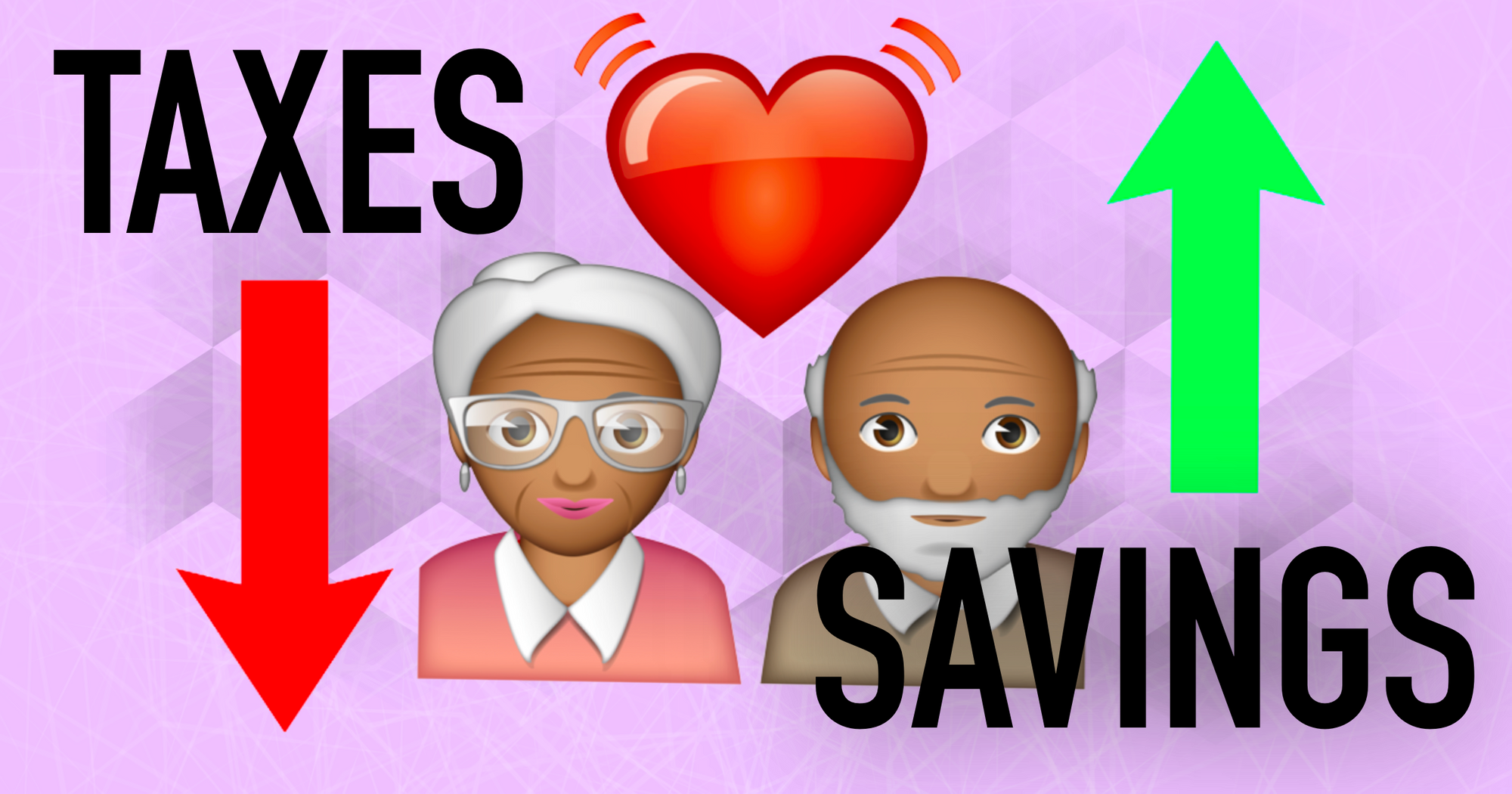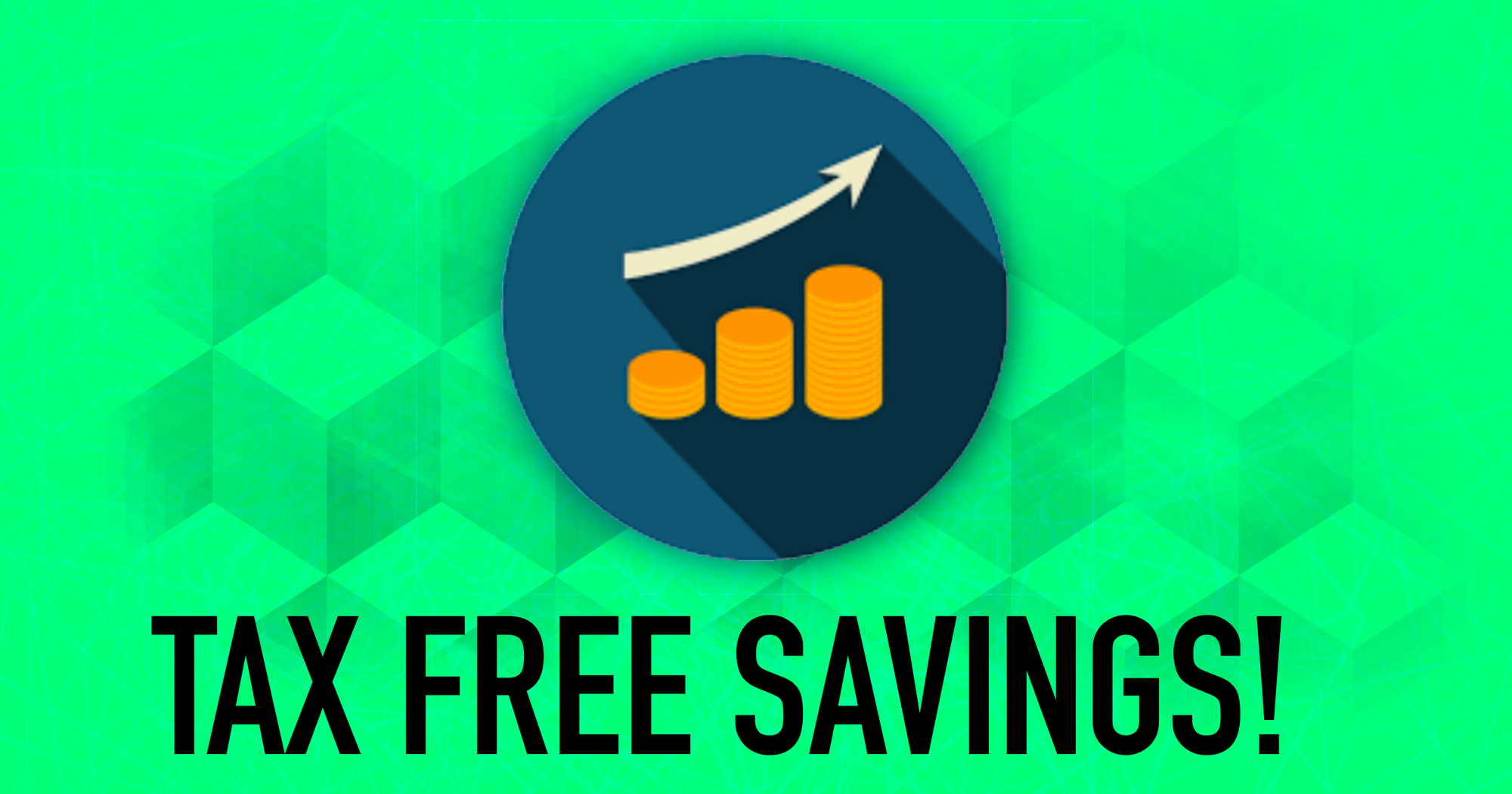What is the Home Buyers Plan
There is alot of confusion on what incentives are available to home buyers. One of the most powerful tools for Canadians is the "Home Buyers Plan" (HBP).
What is it?
The HBP allows eligible Canadians who are buying a home the option to loan yourself up to $35,000 from their RRSP completely tax and interest free. The only conditions are:
- You must have $35,000 in your RRSP for 90 days prior to withdrawing the funds for the HBP
- You must repay the borrowed amount over a 15 year period begining 2 years after the withdraw
Also if you're buying a property with a spouse you can each withdraw up to $35,000 for a combined $70,000.
Why would you use it?
The HBP allows you to use your RRSP contribution room to save for your down payment and claim a tax deduction which can provide you a larger tax refund which you can put toward your downpayment. Learn more about your RRSP below here

For example if you made $60,000 your marginal tax rate would be ~30%, this means if you saved $10,000 and contributed it to your RRSP you could claim a $10,000 tax deduction and get a $3,000 tax refund that would be extra money toward your downpayment. If you repeat this for 3 years you would have $30,000 in RRSP contributions and $9,000 in savings from your tax refunds, using the HBP your total funds available for your downpayment would be $39,000 rather then $30,000 (a 30% increase).
HBP Repayment
Like mentioned above this is a "loan" to yourself so you will need to repay it. You will begin repaying 2 years after withdrawing the money and you will need to repay 1/15th a year for 15 years.
For example if you used $30,000 from your RRSP for the HBP in March of 2021 you would need to repay $2,000 per year to your RRSP begining in 2023 until 2037. If for some reason you do not or cannot repay that amount (or some portion of it) then the unpayed amount will be added to your income when you file your taxes and you will pay your marginal rate on that amount.
You also have the option to repay this sooner if you want to, feel free to read more here.
Should you use the HBP?
Some folks say "your RRSP is for retirement not for a house!" but unfortunately saving for a downpayment and retirement at the same time is not a luxury most people can afford.
If the majority of your savings is going toward a down payment and your marginal rate is 30%+ then the HBP is a great way to increase your savings rate until you eventually buy a place. Make sure to remeber though that you can only take out $35,000 as part of this benefit so you shouldn't contribute any more then that amount to your RRSP if you plan on using it for a down payment.
What about my TFSA?
If you had to decide between withdrawing $35,000 from your TFSA or using the HBP to loan yourself $35,000 from your RRSP the clear winner is the HBP. Even though you will need to repay the HBP the tax free growth of the TFSA will be way more valuable in the long run, invested properly $35,000 in your TFSA could grow to over $100,000 totally tax free compared to your RRSP which will be taxed as income at time of withdrawal.
Check this out for more information about your TFSA

What if I have enough for the downpayment?
If you have enough for the downpayment without touching your registered accounts you may still want to consider using the HBP. The last thing you want when moving into your new house is to have no cash reserved for a rainy day, that extra cash on hand may be the difference between you needing to dip into your registered accounts, credit cards, or other types of loans.
For example if you were buying a $500,000 house with a $100,000 downpayment and had $100,000 cash, $40,000 in your RRSP, and $40,000 in your TFSA. If you used the full $35,000 HBP for your downpayment you would move into your house with $35,000 in cash on hand, you could:
- Contribute it your your TFSA and invest it tax free
- Invest in an unregistered account and repay it over the 15 years
- You could decide to repay your HBP
The point is you have options with the HBP that you didnt have before and its worth it to evaluate if any of these options get you closer to your financial goals.

